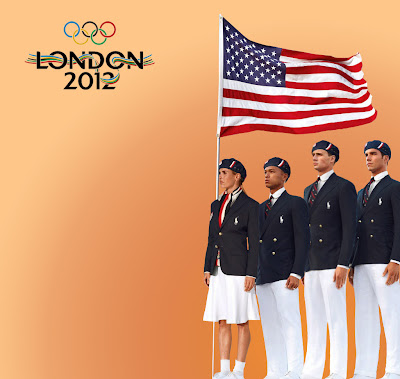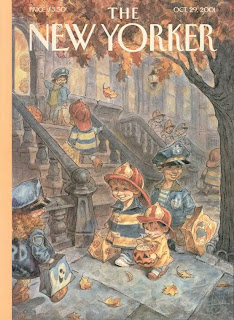In order to help me process this new knowledge of Barthes
studium and punctum, I need to read a little more to help direct me in a
forward direction. I now have the book Camera
Lucida so that I can put into perspective what it is that we are actually
looking at.
About Studium (Barthes):
“What I feel about these photographs derives from
an average affect, almost from a certain training. I did not know a
French word which might account for this kind of human interest, but I believe
this word exists in Latin: it is studium, which does not mean, at
least not immediately, “study”, but application to a thing, taste for someone,
a kind of general, enthusiastic commitment, of course, but without special
acuity.” (26)
“It is by studium that I am interested in
so many photographs, whether I receive them as political testimony or enjoy
them as good historical scenes: for it is culturally (this connotation is
present in studium) that I participate in the figures, the faces, the
gestures, the setting, the actions.” (26)
It is cleaver that he derived a word to encompass what it
is that he sees. I would have never picked this word, but I guess that it
works. So studium is the actual where, when and the what of the actual
photo. Now I get it!
About Punctum (Barthes):
“The second element will break (or punctuate) the studium.
This time is it not I who seek it out (as I invest the field of the studium
with my sovereign consciousness), it is this element which rises
from the scene, shoots out f it like an arrow, and pierces me. A Latin word
exist to designate this wound, this prick, this mark made by a pointed
instrument: the word suits me all the better in that is also refers to the
notion of punctuation, and because the photographs I am speaking of are in
effect punctuated, sometimes even speckled with these sensitive points;
precisely these marks are so many points.” (26-27)
“This second element which will disturb the studium
I shall therefore call punctum; for punctum is also: sting,
speck, cut, little hole – and also the cast of the dice. A photograph’s punctum
is that accident which pricks me (but also bruises me, is poignant to me).
(26-27)
He continues: “Many photographs are, alas, inert
under my gaze. But even among those which have some existence in my eyes, most
provoke only a general and, so to speak, polite interest: they have no
punctum in them: they please or displease me without pricking me: they are
invested with no more than studium.The studium is that very wide field
of unconcerned desire, of various interest, of inconsequential taste: I
like / I don’t like“. (27)
This opens the door to describe about anything in the
photo and would be related to what you are immediately affected by when you
look at the image, but it should be noted that just because an image contains a
studium doesn’t mean that it must
contain a punctum… He seems clear
about that!
So, let's dissect the photo below:
The studium here would have to be easy... A child investigates the new baby, but is it a boy or a girl?
The punctum is the mother's lap that they both appear on, her hand in the foreground, the yellow bracelet on the toddlers wrist, the traditional institutional chair in the background. These are the other "clues" of the photo offering me the punctum.




























